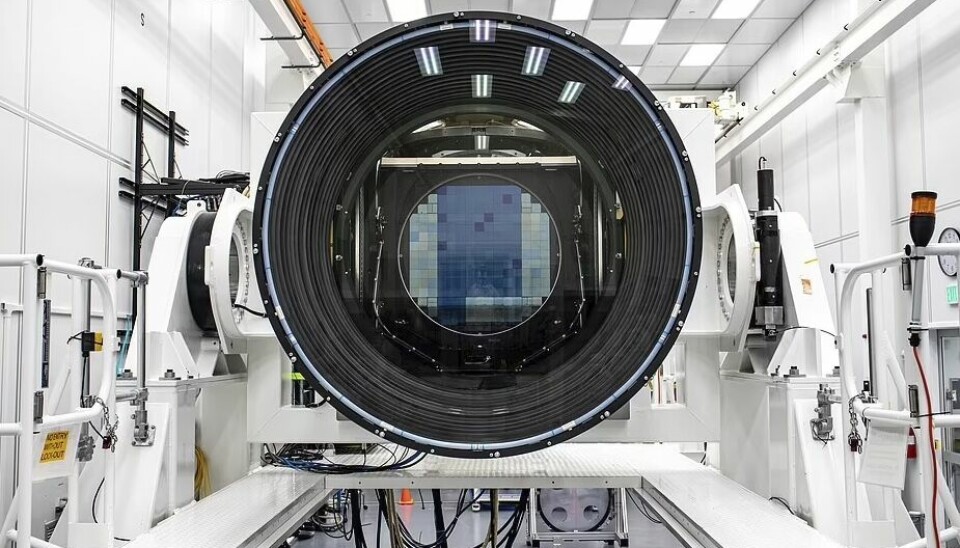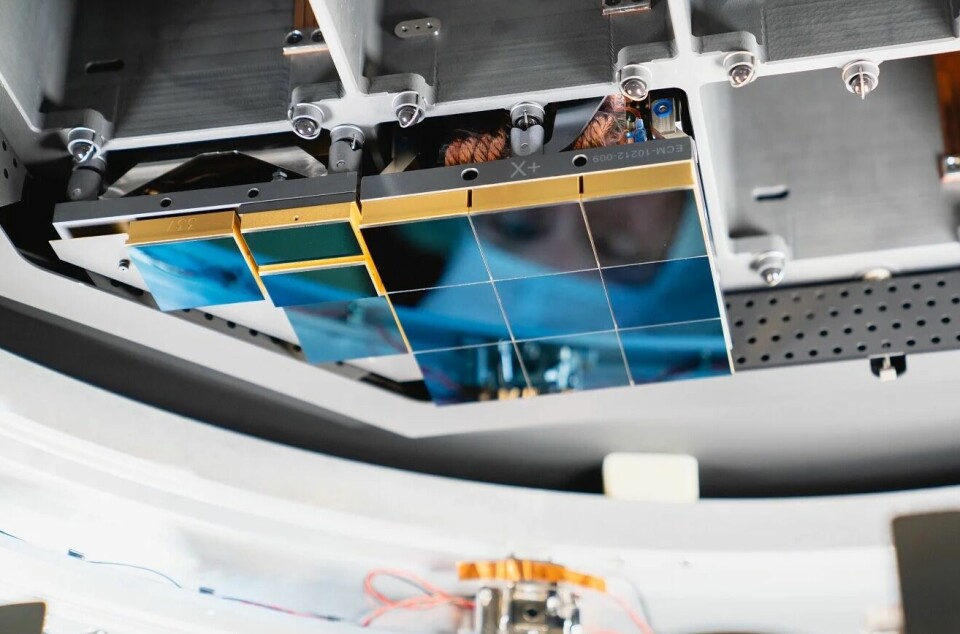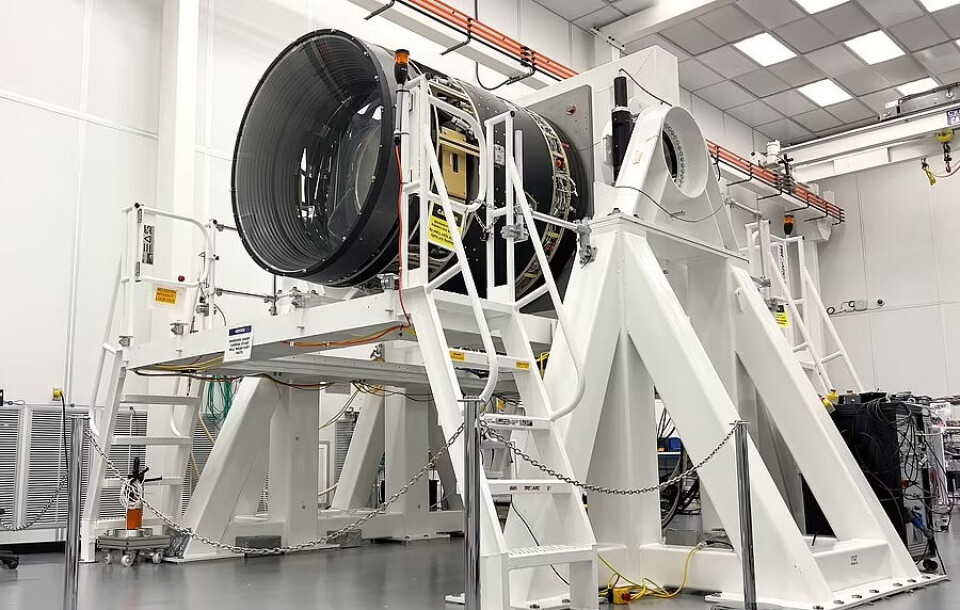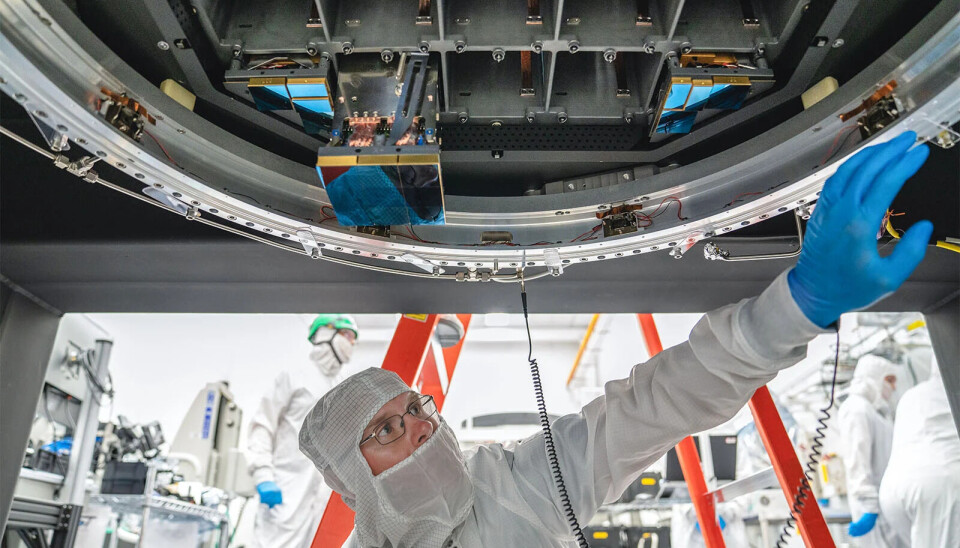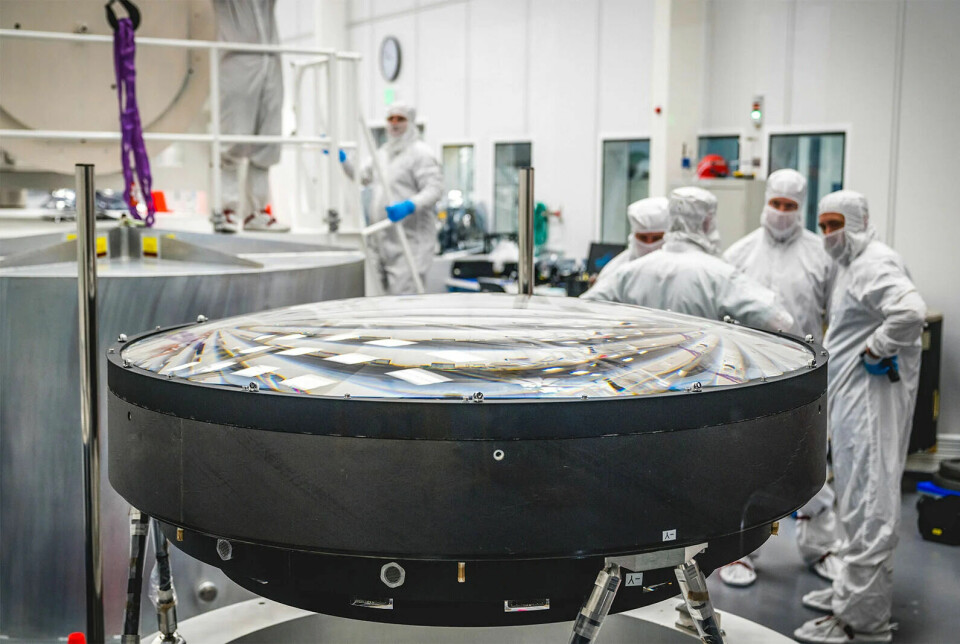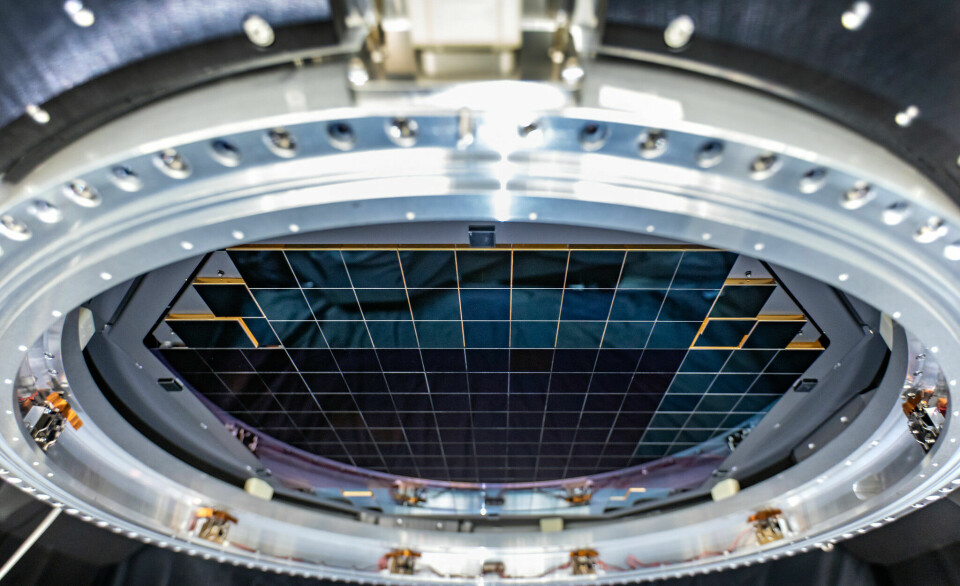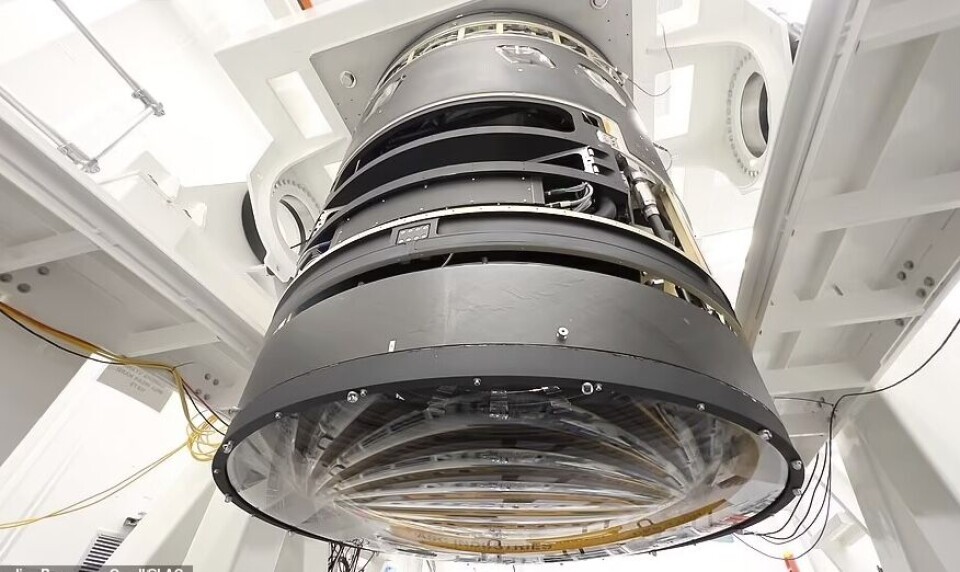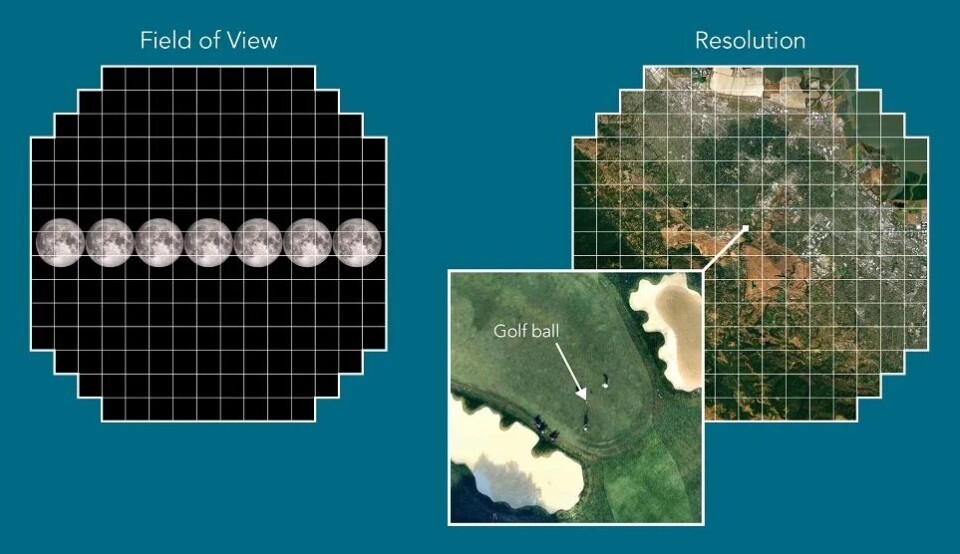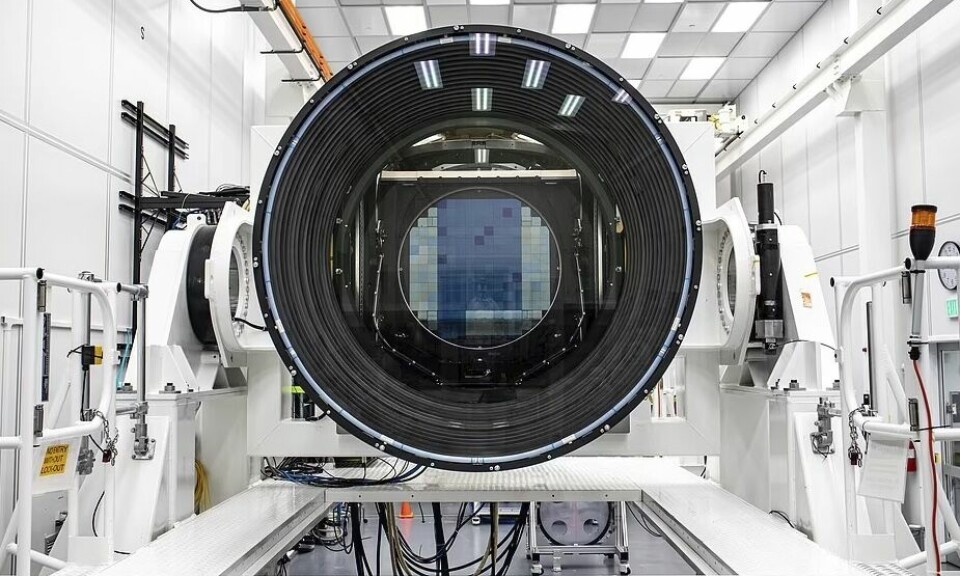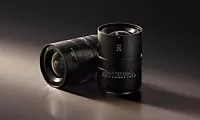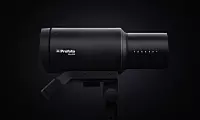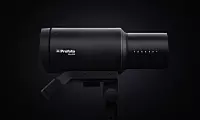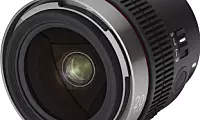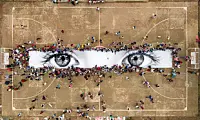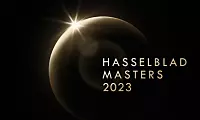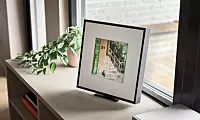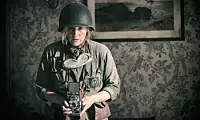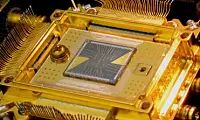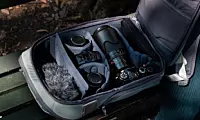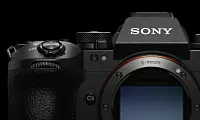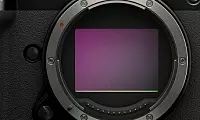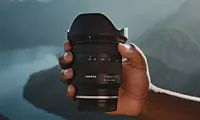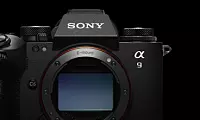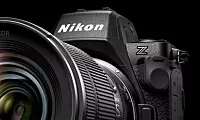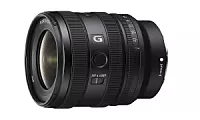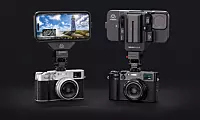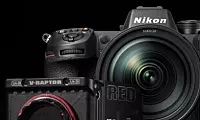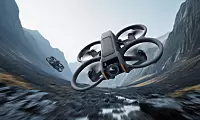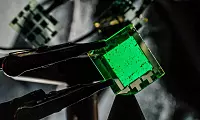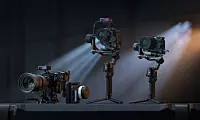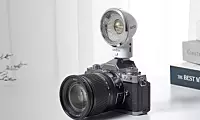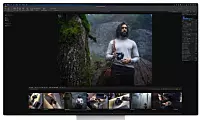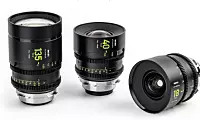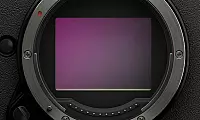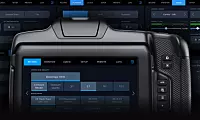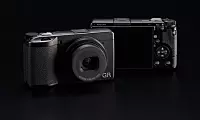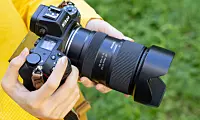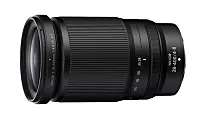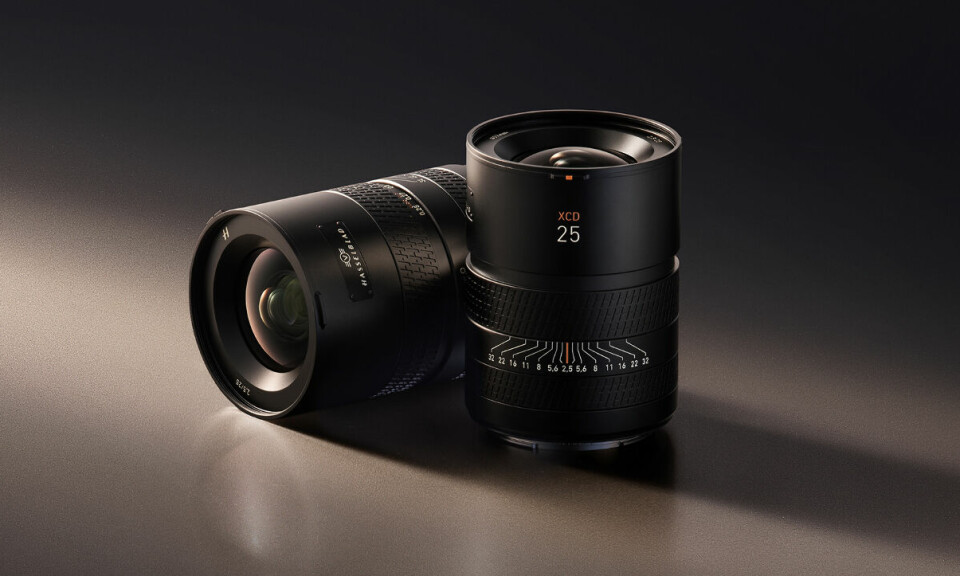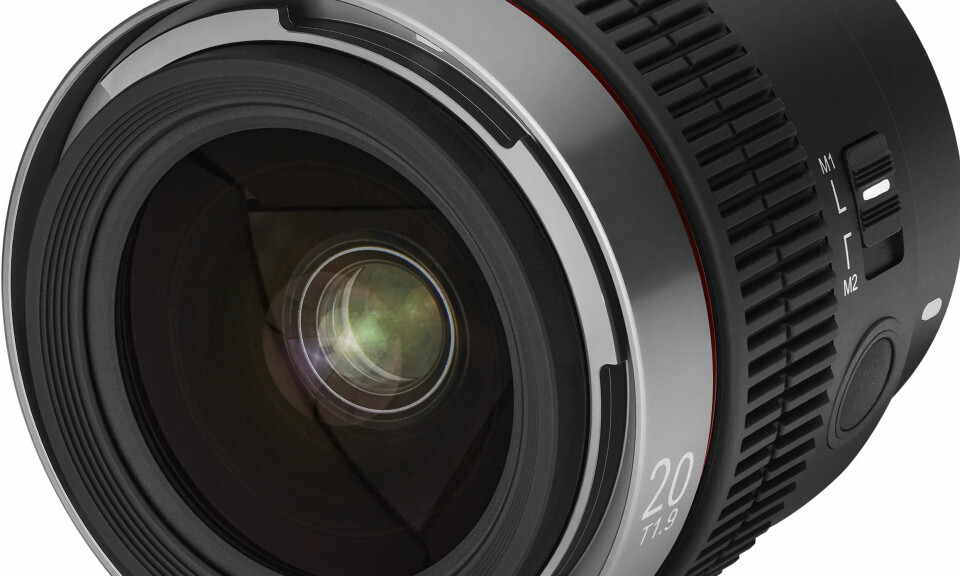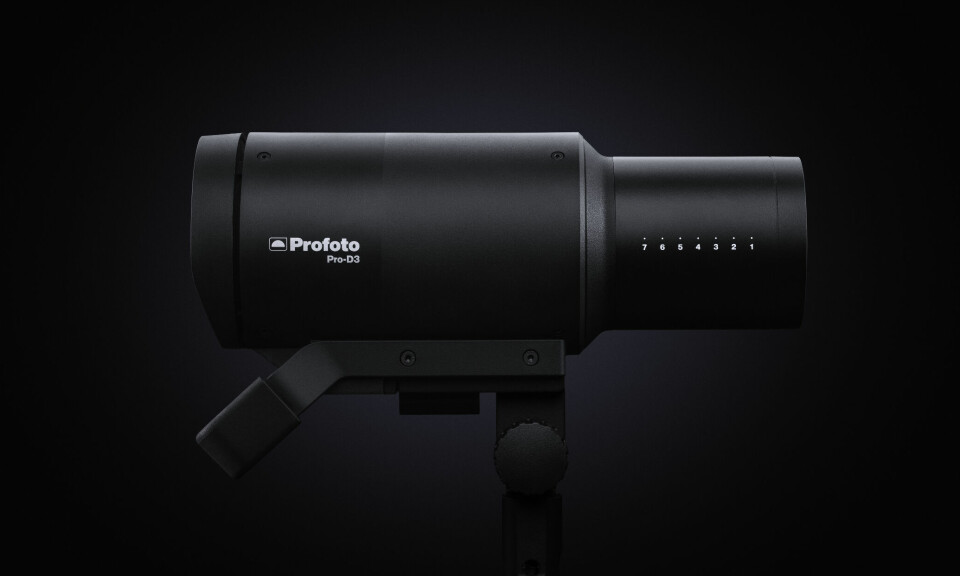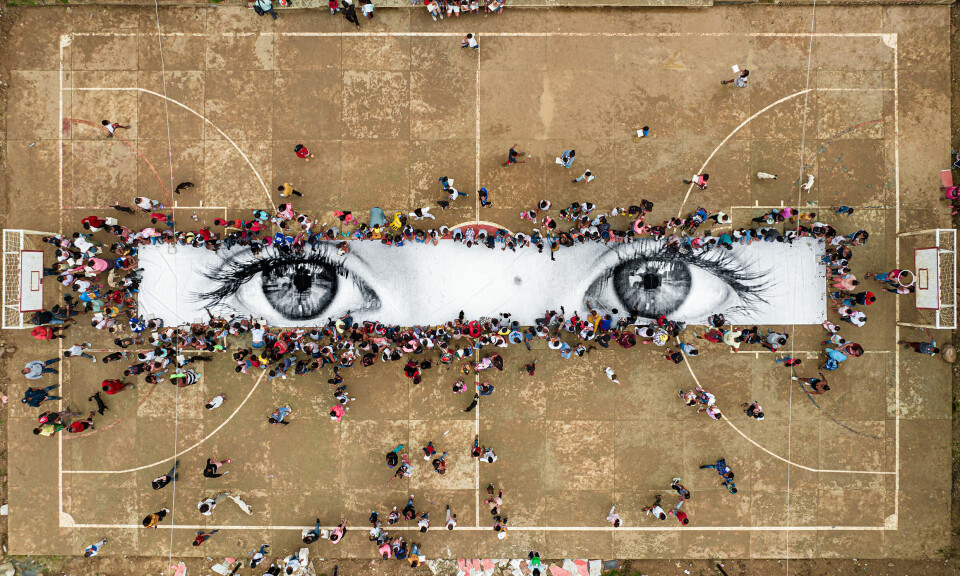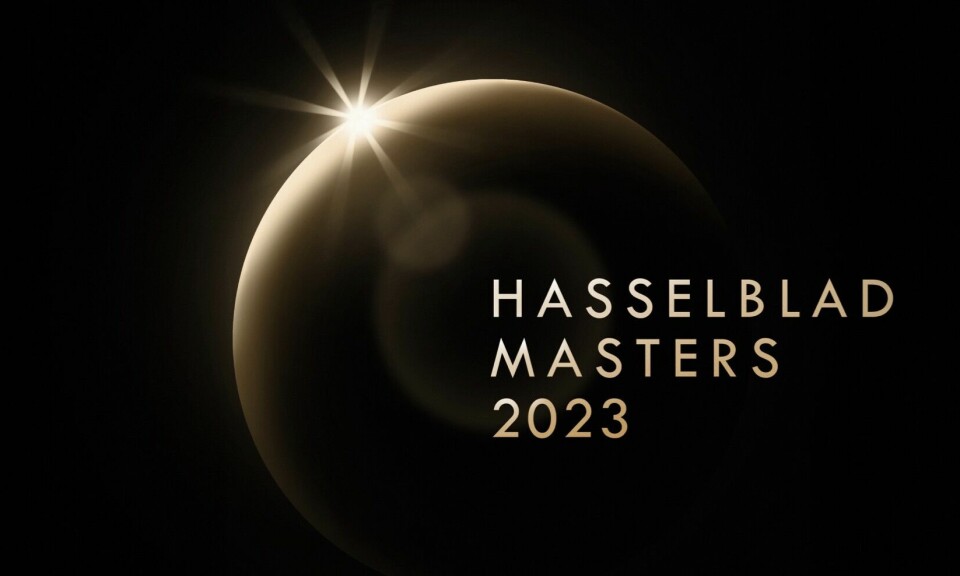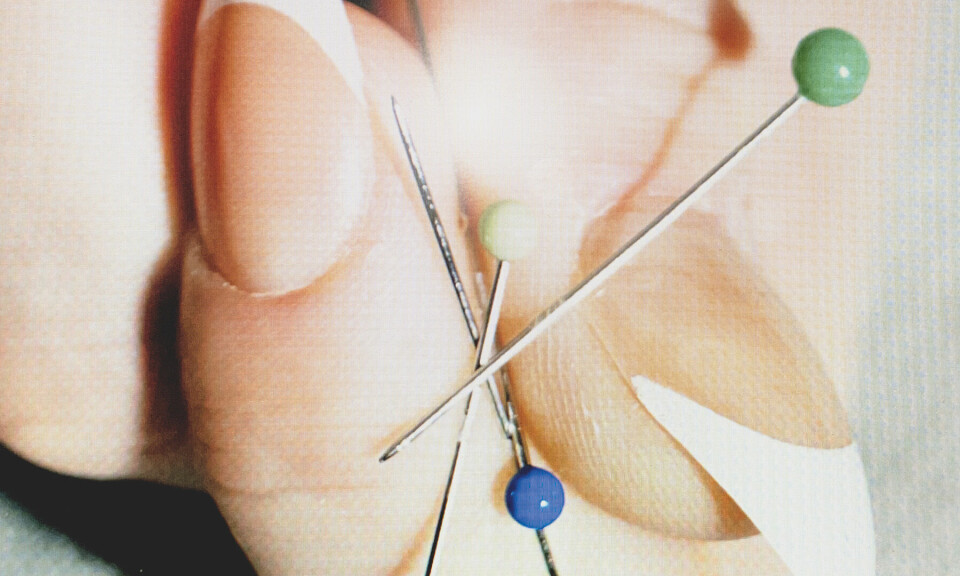READ MORE
-
Hasselblad XCD 25mm f/2.5 V - the widest lens in the V series
Hasselblad now releases a wide-angle lens dedicated for night photography and portraits in low light.
-
Profoto Pro-D3 frigivet - to versioner med forskellig effekt
Profoto Pro-D3 kommer i to versioner, 750 Ws og 1250 Ws, og har tre valgbare tilstande afhængigt af hvordan og hvad man fotograferer.
-
Profoto Pro-D3 lansert - to versjoner med ulik effekt
Profoto Pro-D3 kommer i to versjoner, 750 Ws og 1250 Ws, og har tre valgbare moduser avhengig av hvordan og hva man fotograferer.
-
Samyang V-AF 20mm T1.9 for Sony EF - kompakt kinobjektiv
Objektivet som skulle lanseres i 2023 er nå her - og utvider V-AF-serien med enda et objektiv med autofokus for videokreatører sammen med en ny anamorfisk adapter.
-
Samyang V-AF 20mm T1.9 for Sony EF - kompakt cinemalinse
Objektivet, der skulle udgives i 2023, er nu her - og udvider V-AF-serien med endnu en linse med autofokus for videokreatører sammen med en ny anamorfisk adapter.
-
Samyang V-AF 20mm T1.9 Sony EF:lle - kompakti elokuvakameraobjektiivi
Objektiivi, jonka piti julkaista vuonna 2023, on nyt täällä - ja täydentää V-AF-sarjaa toisella automaattitarkenteisella objektiivilla videoluojille yhdessä uuden anamorfisen sovittimen kanssa.
-
Samyang V-AF 20mm T1.9 for Sony EF - compact cinema lens
The lens set to be released in 2023 is now here - and expands the V-AF series with yet another autofocus lens for video creators along with a new anamorphic adapter.
-
Profoto Pro-D3 Released - Two Versions with Different Power
Profoto Pro-D3 comes in two versions, 750 Ws and 1250 Ws, and has three selectable modes depending on how and what you are photographing.
-
See the French artist JR's exhibition Déplacé·e·s
The exhibition at Kulturhuset Stadsteatern is about the millions of children worldwide who are fleeing due to persecution, war, climate disasters, and violations of human rights.
-
Check out the finalists in the Hasselblad Masters 2023
Hasselblad's jury has selected 60 finalists, with the top ten in each category. Now you can cast your vote.
-
Samsung Music Frame - photo art & speaker in the same frame
Mount a photo in the frame and choose the music yourself.
-
Kate Winslet plays war photographer in the movie "Lee"
Alex Garland makes film about war photographer Elizabeth "Lee" Miller - coming this fall.
-
Several Laowa lenses get Hasselblad's XCD mount
Three of Laowa's lenses get XCD mount - two ultra-wide angles get DJI's DL mount.
-
NASA develops 36-pixel sensor - and can measure the energy of each pixel
The sensor will be placed in the 'Resolve' camera and provide additional data about what it photographs.
-
Atomos Sun Dragon - LED Light Strip for Stylish Lighting in Your Photos
The 2000 lumen LED light strip can be adjusted in various colors, and can reproduce a large part of the sunlight spectrum.
-
The "Inside Out" Photo Project Lets Passersby Become Part of Artwork
On May 24, a photo booth van will come to Vällingby square - the pictures will be displayed on the glass facade of Kulturhuset Stadsteatern Vällingby.
-
Fujifilm releases new firmware for X100VI, X-T5, X-H2 & X-S20
Fujifilm releases a second round of April updates for several of its cameras, including the new X100VI.
-
Interview: Cristina Mittermeier on the NG series "Photographer"
In National Geographic's series "Photographer" we follow six photographers on assignment. Kamera & Bild has interviewed Cristina Mittermeier where she talks more about her photography and concerns for the climate: "Our job as photographers is to ensure that we do not forget that it is urgent".
-
How to get your webcam to work in MacOS Sonoma 14.1
Starting with MacOS Sonoma 14.1, only new cameras with UVC are supported as webcams. Here's how to use your older camera with Teams, Google Meet, or Zoom if it stopped working.
-
Up to 20 percent more expensive storage - AI drives up prices
Hard drives from Western Digital and Seagate have become up to 20 percent more expensive - and are expected to become even more expensive during the year.
-
We have pre-tested the new Adobe Firefly Image 3 - more realism
Adobe's beta version of the generative AI model "Firefly" has reached version 3. Camera & Bild has tested it.
-
Gomatic releases new series of photo bags: Peter McKinnon Luma
Three new bags are included in the new Luma series of photo bags and slingbags from Gomatic.
-
New firmware for Sony A1 & A9 III - with over 30 improvements
New firmware brings new features to Sony's flagship cameras - including image stabilization and improved controls.
-
Wacom Movink - Drawing Tablet at 420 grams & First with OLED Technology
Wacom releases a new category of drawing tablets with OLED technology, making the device compact, lightweight, and bright.
-
Fujifilm X Webcam updated - now works on MacOS Sonoma
Version 2.2.0 solves the issues with Fujifilm cameras not being recognized by MacOS, and therefore not being able to be used as webcams.
-
Tamron 11-20mm F2.8 Di III-A RXD coming to Canon RF
Tamron now announces that they are developing a Canon RF version of the APS-C lens 11-20mm F2.8 Di III-A RXD.
-
Sigma releases six Contemporary lenses for Canon RF
Sigma now announces the release of six DC DN lenses in APS-C format for Canon RF/RF-S.
-
Sony adds 3D information to confirm the authenticity of images
Sony is involved in developing the C2PA certification that confirms the authenticity of images both at the moment of capture and through 3D information from the image.
-
Juliette Pavy wins Sony World Photography Awards 2024
Juliette Pavy wins the title "Photographer of the Year" in this year's edition of SWPA 2024 for her series "The Spiral Campaign".
-
Sebastião Salgado honored at Sony World Photography Awards
Photographer Sebastião Salgado is honored at the Sony World Photography Awards for his photographic achievements documenting everything from indigenous peoples to magnificent natural landscapes.
-
Nikon Z8 gets pixel shift, bird AF & several new features
Nikon now releases a firmware update that provides new and improved features to the mirrorless full-frame camera Nikon Z8.
-
Panasonic Lumix S5II & S5IIX get new features with new firmware
Built-in support for Adobe Frame.io, proxy recording capabilities, and improved image stabilization are some of the enhancements in the updates.
-
Sony FE 16-25mm F2.8 G - Wide-Angle Zoom with Low Weight
The bright full-frame lens for Sony weighs 409 grams and is suitable for both video and still photography.
-
Atomos Ninja Phone - turn your iPhone into a monitor & streaming device
Atomos' new Ninja device lets you use your iPhone as a display - and stream 10-bit video in ProRes via USB C to 5G.
-
RED is now owned by Nikon - here's the future plan
Last month, Kamera & Bild reported that Nikon is acquiring the cinema company RED. Now the management has spoken about the future plans.
-
Wise CFexpress 4.0 Type B MK-II CFexpress is the largest & fastest
With a read speed of 3700 MB/s, they snatch the top spot for the fastest CFexpress card - a 4 TB version is also released.
-
DJI Avata 2 records video in 4K/60p HDR with a 155-degree view
New features for more exciting flight and better controls are set to improve the flying experience over its predecessor.
-
New technology gives digital displays advanced features
Researchers at Linköping University have developed a completely new type of display whose LEDs can contain sensors as well as absorb and emit light - in a single layer.
-
DJI RS 4/RS 4 Pro & DJI Focus Pro - stabilization and control for video
DJI's Ronin series celebrates its 10th anniversary with new products for image stabilization.
-
Godox Lux Elf Retro - Compact Flash Weighing 96 grams
Godox releases a new lightweight and simple flash in retro design.
-
Hasselblad updates Phocus for Mac - adds support for HEIF images
Hasselblad's raw format converter Phocus is updated with support for HEIF images among other things.
-
JPEG is getting better - images in 10-bits, faster & smaller size
Fully backward compatible, improved image quality and faster transfer speeds - now JPEG images are going to look better than ever.
-
Nisi releases three new Athena cinema lenses for five mounts
Nisi Athena 18mm T2.2, 40mm T1.9, and 135mm T2.2 are now available for Canon RF, Sony E, L-Mount, Fujifilm GF, and Arri PL mounts.
-
Fujifilm releases new firmware for its X & GFX cameras
The newly released Fujifilm X100VI receives its first firmware update, along with several other Fujifilm cameras.
-
LomoApparat Fluffy Omelet Edition – Creative for the Analog Photographer
Lomography releases yet another analog limited-edition camera without adjustable settings.
-
New beta of Blackmagic Camera adds multiple cloud & network features
Blackmagic is now releasing a beta version of its Camera Utility for Pocket Camera and Cinema Camera 6K. Among other things, you can use the cameras as webcams through the UVC protocol.
-
The short film "Air Head" is created entirely with Sora AI – are you fooled?
An impressive short film made with AI – can you spot anything that reveals it's entirely computer-generated?
-
Ricoh GR III HDF & GR IIIx HDF – new versions with filter function
Ricoh updates its GR III & GR IIIx with a new built-in filter function HDF, "Highlight Diffusion Filter".
-
Tamron 28-75mm f/2.8 Di III VXD G2 now available for Nikon Z
Tamron releases its full-frame wide-angle lens for Nikon's Z-mount.
-
Nikon Nikkor Z 28-400mm f/4-8 VR – Superzoom with Low Weight
Nikon now releases a full-frame superzoom for photographers who prioritize low weight and a large focal length range.
